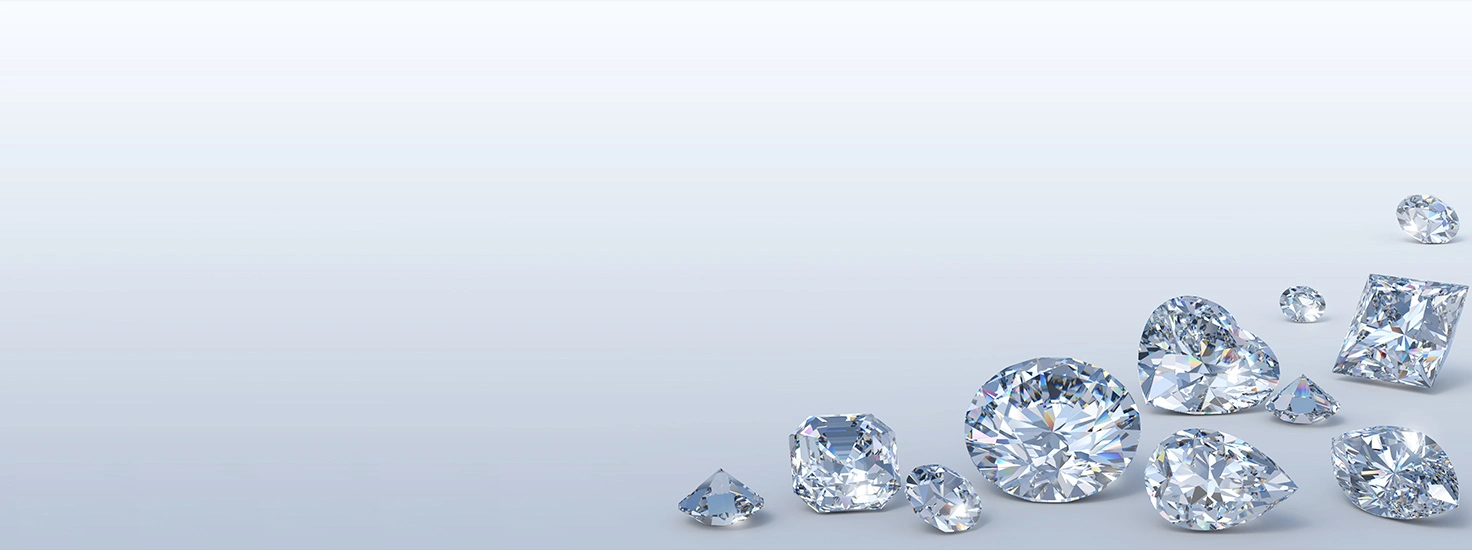
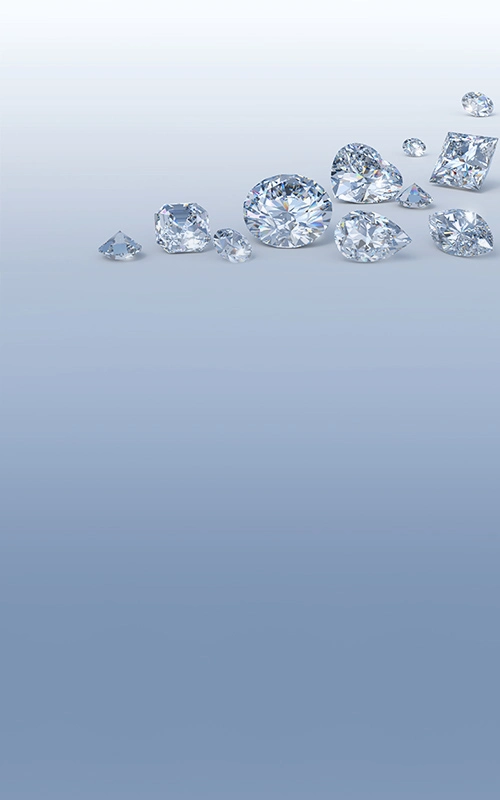
Interesting Facts
58x Harder
Diamonds are the most complex materials on earth: 58 times harder than anything else in nature.
"Lucy" In The Sky
Fifty light-years away from the earth, this star is a ten billion-trillion-trillion carat diamond.
1 In 1,000,000
The average yield in most diamond mines is 1 part diamond to 1 million parts host rock.
The 4cs Of Diamonds
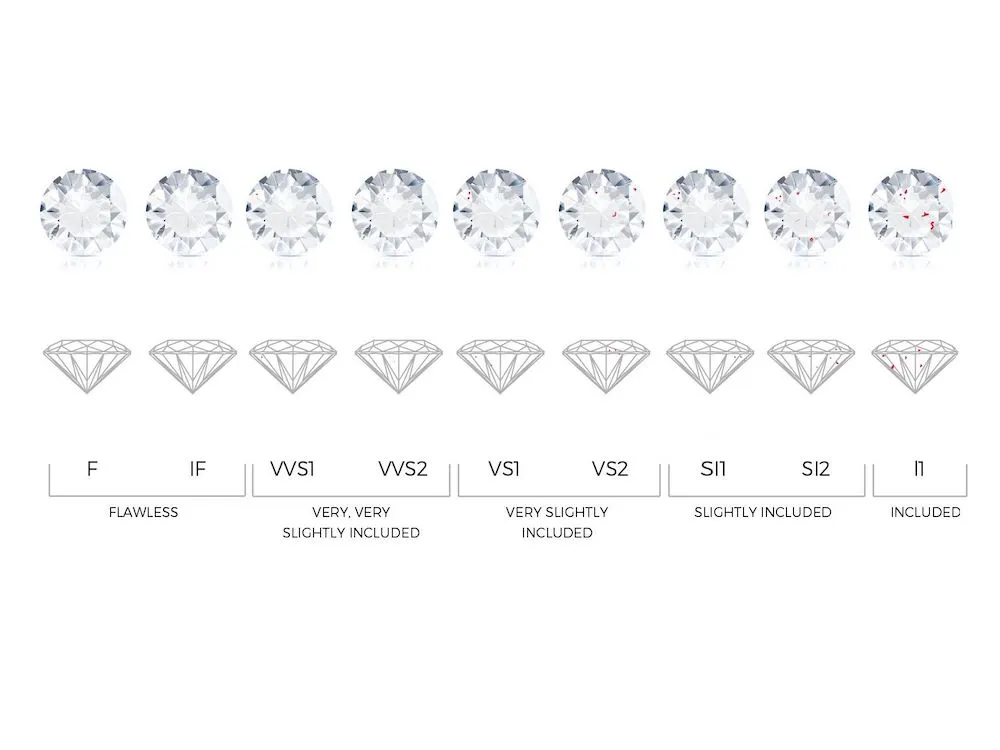
Diamond Clarity
Clarity grades assess the number, size, relief, and position of inclusions and blemishes.
Click HereDiamond Colour
Clarity grades assess the number, size, relief, and position of inclusions and blemishes.
Click Here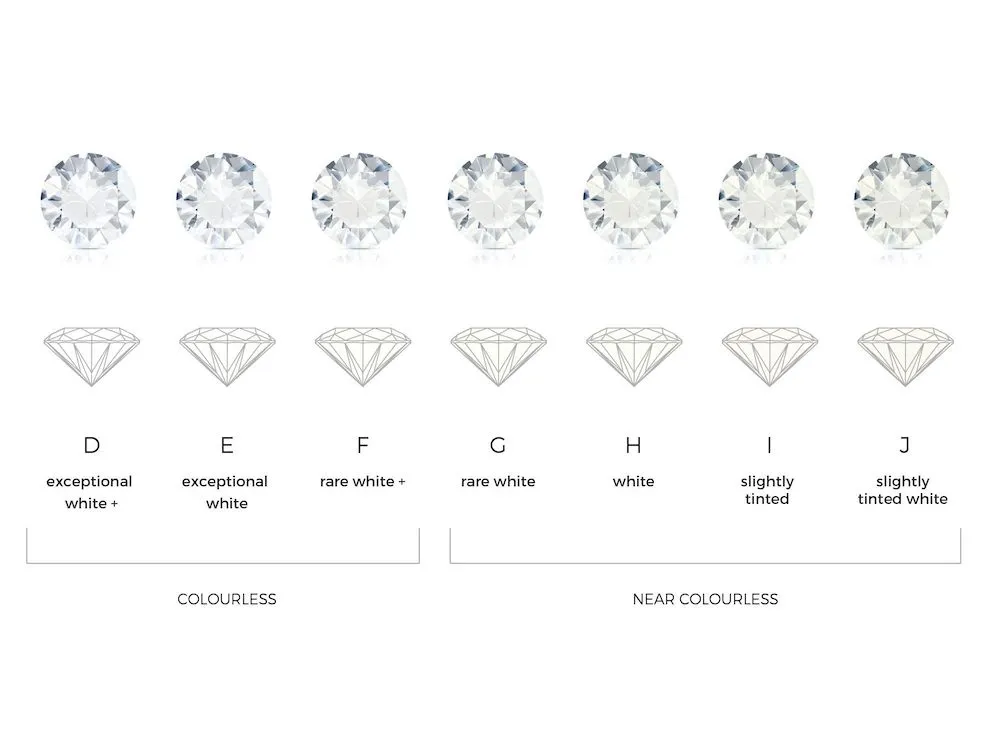
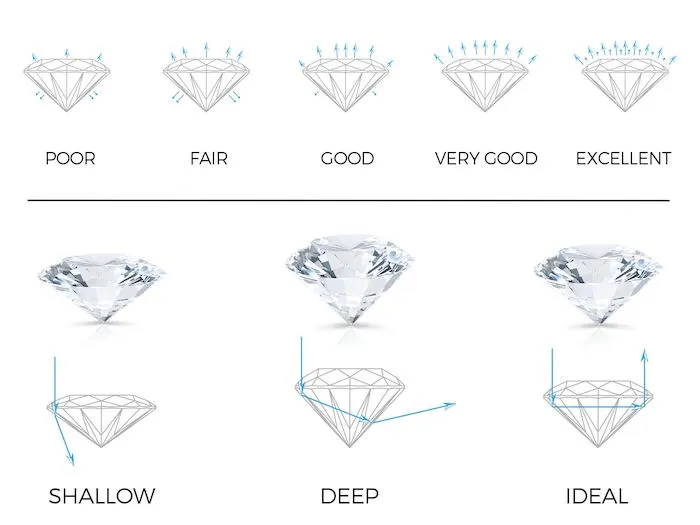
Diamond-Cut
Cut (proportions, symmetry, and polish) is a measure of how a diamond’s facets interact with light.
Click HereDiamond Carat Weight
Rarity means larger diamonds of the same quality are worth more per carat.
Click Here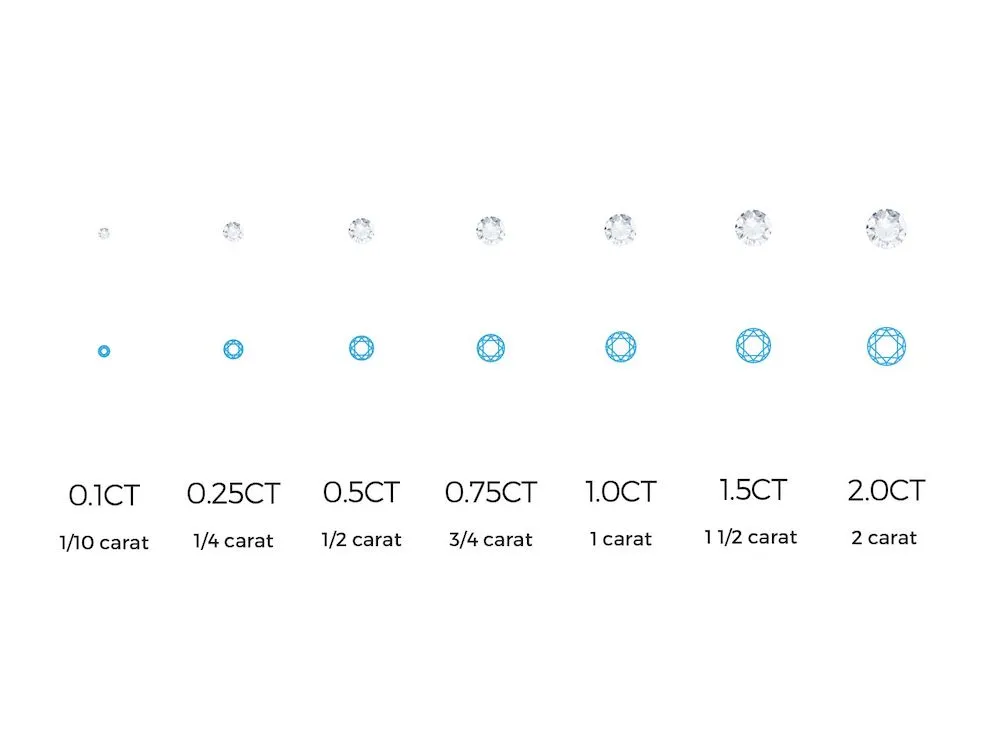

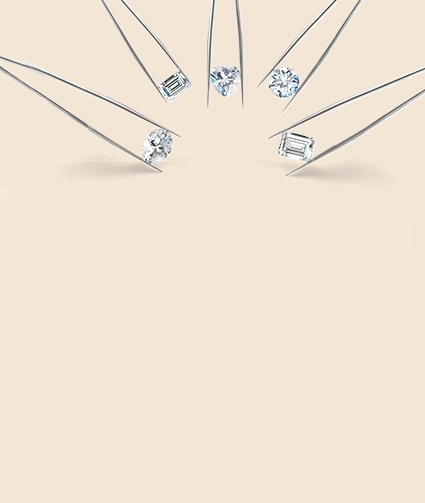

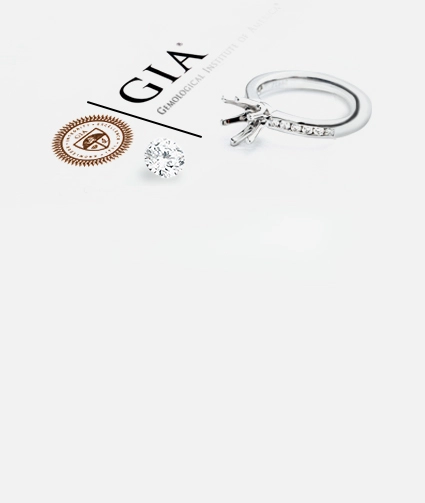

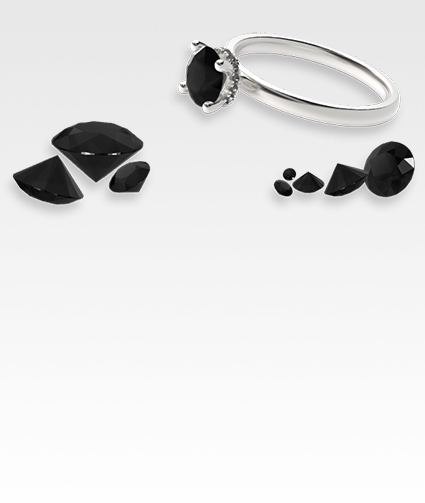
What are lab grown diamonds?
Human-made and around half the price - find out what lab diamonds are and whether it could be the right choice for your engagement ring.
Lab Grown Diamond GuideBuying a diamond is easy, but how can you tell if it’s real? You wouldn’t want to get something that’s fake. Luckily, there are so many easy ways to test if your diamond is real or not; you can easily do this at home without paying anyone to check.
1. Water Test
This is the easiest way to check. All you have to do is fill a glass with water, doesn't matter what type of water. After wish, you drop your diamond into the glass of water. A real diamond would sink in water due to the high density of diamonds, while a fake diamond would float to the surface or middle of the water. It’s basic physics, or science... whichever! Although, not all fake diamonds float, so the method is not conclusive, as such, you’d have to try other methods.
2. Use A Magnifying Glass
You can check if your diamond is real by using a magnifying glass up to look closely at the diamond. You’d want to check for imperfections (known as inclusions) within the stone and if none, the diamond is fake. A real diamond has imperfections, they’re not just plain like a wall. Although they’re some diamonds without imperfections, they’re mostly created in the lab.
3. Fog Test
Another super quick and easy way to check if your diamond is real or fake is by using the fog test. First, ensure that your diamond is clean from dirt or oils, then simply put the diamond/stone in front of your mouth and use your breath to fog it up; same way you’d clean your glasses with your breath. A real diamond would become clear after a second or two, but a fake diamond would stay fogged for some seconds. Why? You may wonder. Real diamond breaks up heat instantaneously, as such, it is impossible for it to fog up.
4. X-Ray Test
This is pretty simple because a real diamond does not show in an x-ray. You can perform an x-ray on your diamond and if it doesn’t appear, it is real but if it appears, it’s fake